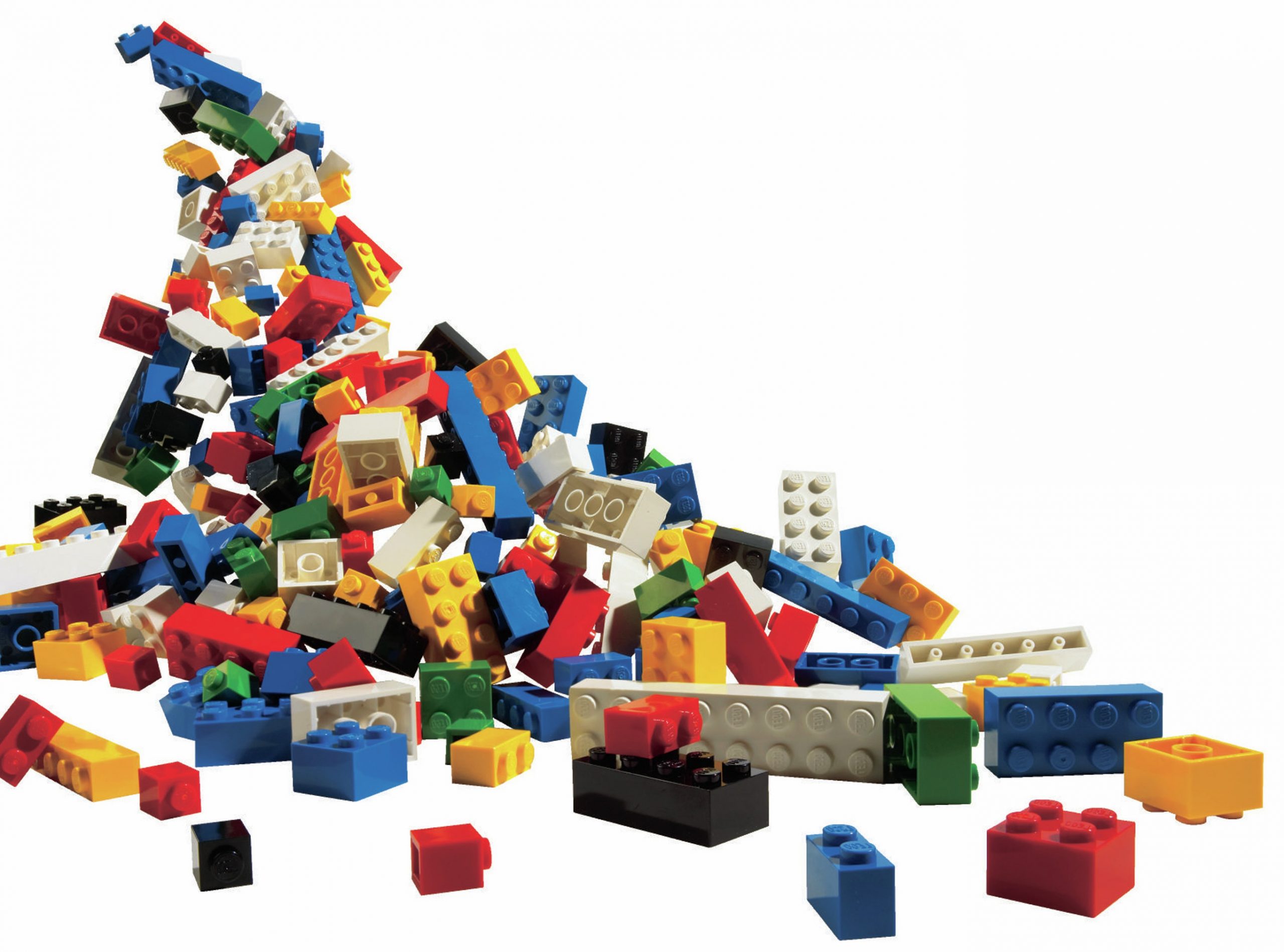
The numbers are staggering: produced at a rate of 19 billion a year, there are over 440 billion Lego bricks in circulation — 62 for every person on Earth. They are sold in over 130 countries at a rate of seven sets per second. Through little plastic bricks, Lego has built a big business.
Despite a global decline in toy sales, and faced with a market dominated by games consoles and Transformer-style action toys, sales of Lego grew 18.7% in 2008. This was supported by income from Lego-related merchandise and licensing deals, which meant the Lego Group secured pre-tax profits of £212 million. Back in 2004 however, the company faced heavy losses and a possible sale to the US toy giant Mattel. In just under 4 years, a shrewd strategy has turned things around. Why does such a simple toy remain so successful?
Your organisation does not have access to this article.
Sign up today to give your students the edge they need to achieve their best grades with subject expertise
Subscribe




